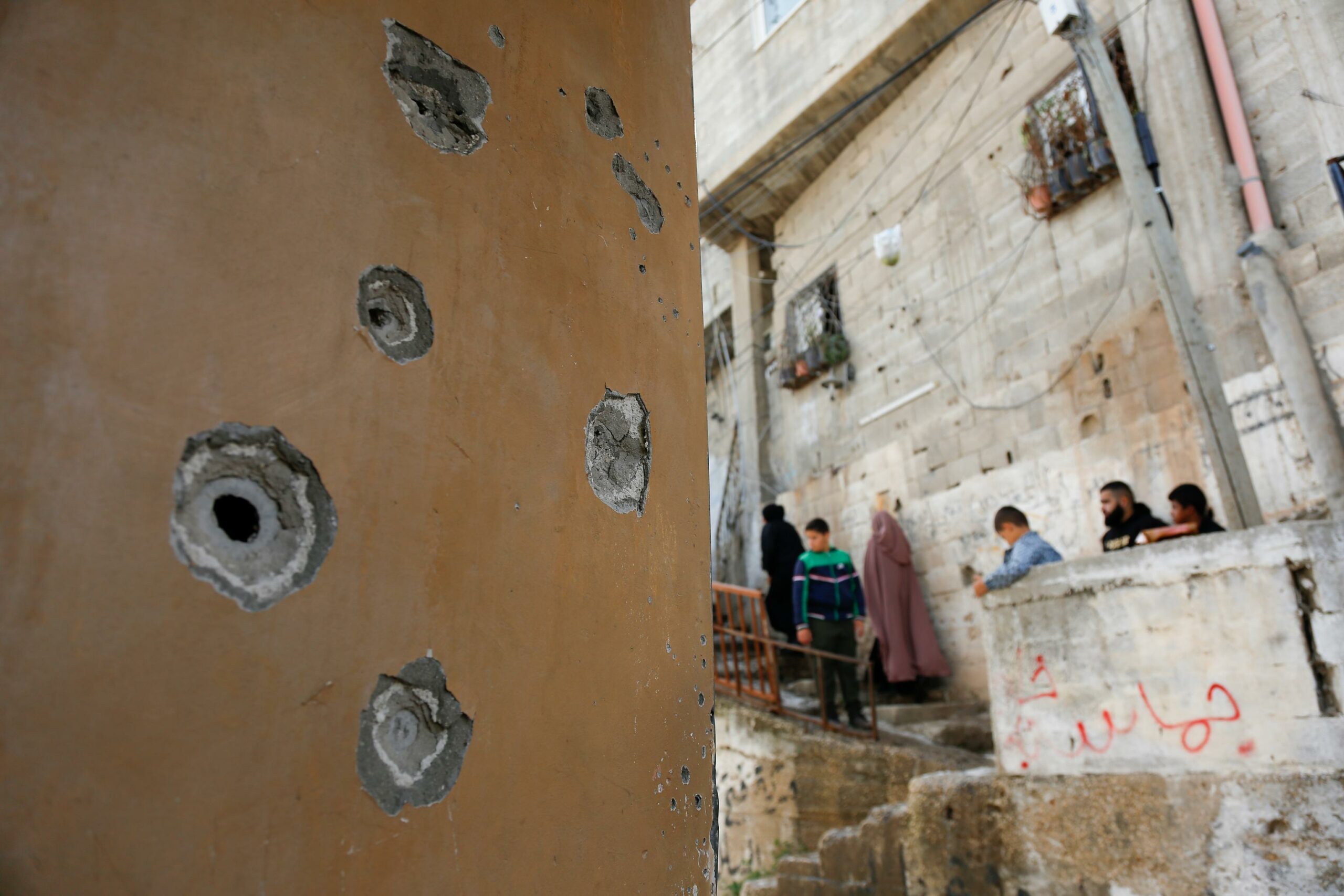Tag: iof
-
One war in Gaza and another in the West Bank
by Diana Khwaelid 7 December 2023 | International Solidarity Movement | Tulkarem The fire of the war between Hamas and Israel since October 7 has not only burned the civilian population of Gaza. Palestinian civilians in the West Bank have tasted their share of it, too. On December 7, the Israeli occupation forces once…
-
Who is Holding Israel Accountable for its Crimes?
Israeli snipers were deployed everywhere, especially on the roofs of Palestinian houses inside the camp and its surroundings, as well as inside buildings under construction in the city, targeting anything that moved.
-
Two attacks in less than 24 hours in Tulkarem Camp
08 November 2023 | International Solidarity Movement | Tulkarm By Diana Khwaelid The Israeli occupation is not only committing crimes in Gaza, it continues to commit crimes in the West Bank. A quick military operation was carried out by Israeli special forces in broad daylight, as they planned an ambush for three young men from…



